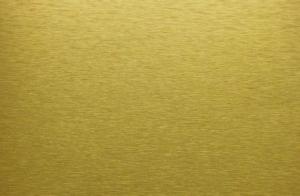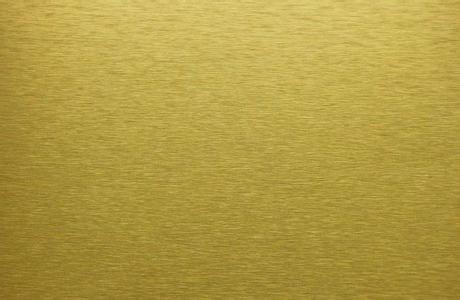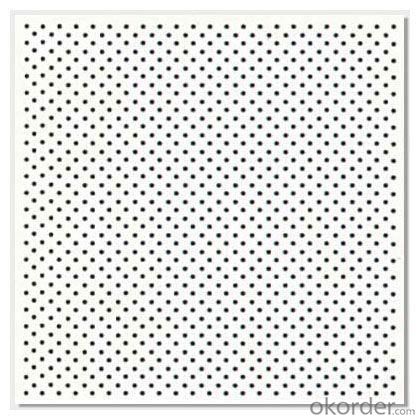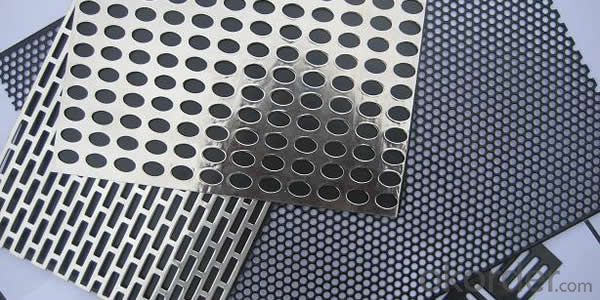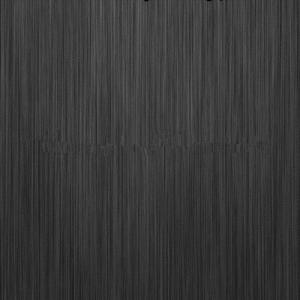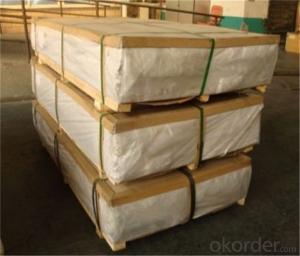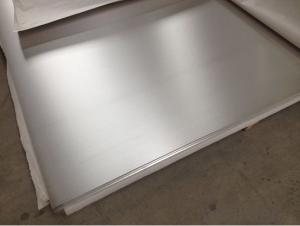Aluminum Sheets for Sale Mercer County - 2024 5052 5083 6061 7075 Aluminium Sheet from China
- Loading Port:
- Shanghai
- Payment Terms:
- TT or LC
- Min Order Qty:
- 5 m²
- Supply Capability:
- 9000 m²/month
OKorder Service Pledge
OKorder Financial Service
You Might Also Like
Aluminium Reflective sheet
Alloy or No.: Alloy
Alloy No.: AA6061, AA6063
Thickness: 0.2-3mm
Width: 10mm-2200mm
Length:10mm-2200mm
Tensile strength: ≥140N/mm2
Elongation: ≥2%(H26)
Yield Strength: ≥120N/mm2
Usage: Lights, grille lamp, tunnel lamp, solar collector etc.
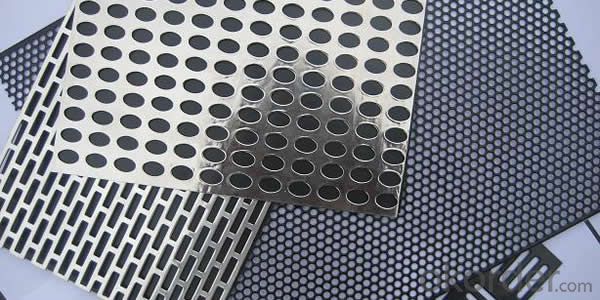
6061 aluminium sheet,aluminium price per kg Properties and composition
Typical Mechanical Properties of Aluminum | ||||
Aluminum grade and its state | Ultimate Tensile Strength (25°CMPa) | Tensile Yield Strength (25°CMPa) | Hardness 500kg force 10mm ball | Elongation 1.6mm(1/16in)thickness |
2024-T351 | 470 | 325 | 120 | 20 |
5052-H112 | 230 | 195 | 60 | 10 |
5083-H112 | 180 | 211 | 65 | 14 |
6061-T651 | 310 | 276 | 95 | 12 |
7050-T7451 | 510 | 455 | 135 | 10 |
7075-T651 | 572 | 503 | 150 | 11 |
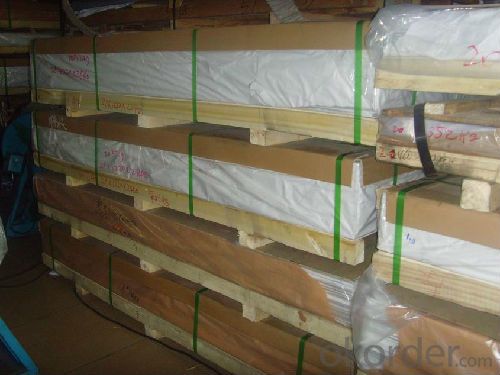
Typical Physical Properties of Aluminum | |||||
Aluminum grade and its state | Average Coefficident of Thermal Expansion (20-100 °C)μm/M-K | Approximate Melting range (°C) | Electrical Conductivity 20 °C(68°F)(%IACS) | Elecytrical Resistivity 20 °C(68°F) Ωmm²/m | Density (20 °C)(g/cm³) |
2024-T351 | 23.2 | 500-635 | 30 | 0.058 | 2.82 |
5052-H112 | 23.8 | 607-650 | 30-40 | 0.050 | 2.68 |
5083-H112 | 23.4 | 570-640 | 29 | 0.059 | 2.72 |
6061-T651 | 23.6 | 580-650 | 43 | 0.040 | 2.73 |
7050-T7451 | 23.5 | 490-630 | 41 | 0.0415 | 2.82 |
7075-T651 | 23.6 | 475-635 | 33 | 0.0515 | 2.82 |
Chemical Composition Limit of Aluminum | |||||||||||
Aluminum grade | Si | Fe | Cu | Mn | Cr | Mg | Zn | Ti | Other | Al | |
each | total | Min | |||||||||
2024 | 0.5 | 0.5 | 3.8-4.9 | 0.3-0.9 | 0.1 | 1.2-1.8 | 0.25 | 0.15 | 0.05 | 0.15 | remaining |
5052 | 0.25 | 0.4 | 0.1 | 0.1 | 0.15-0.35 | 2.2-2.8 | 0.1 | - | 0.05 | 0.15 | remaining |
5083 | ≤0.40 | 0.4 | 0.1 | 0.3-1.0 | 0.05-0.25 | 4.0-4.9 | 0.25 | 0.15 | 0.05 | 0.15 | remaining |
6061 | 0.4-0.8 | 0.7 | 0.15-0.4 | 0.15 | 0.04-0.35 | 0.8-1.2 | 0.25 | 0.15 | 0.05 | 0.15 | remaining |
7050 | ≤0.12 | 0.15 | 2.0-2.6 | 0.1 | 0.04 | 1.9-2.6 | 5.7-6.7 | 0.06 | 0.05 | 0.15 | remaining |
7075 | 0.4 | 0.5 | 1.2-2.0 | 0.3 | 0.18-0.28 | 2.1-2.9 | 5.1-6.1 | 0.2 | 0.05 | 0.15 | remaining |
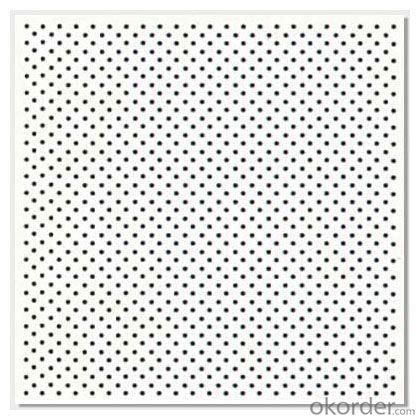
- Q: I am trying to find away of turning aluminum oxide or alumina into just aluminum. Please post all ideas i dont care how crazy.
- usually, in industy, the common way used is electrolysis...aluminium oxide, Al2O3 is heated until it's molten...then cryolite is added to bauxite (aluminium oxide) to lower its melting point before electrolysis is carried out to obtain pure Al metal...
- Q: how to connect copper pipe and aluminum sheet?
- it depends on the size and requirement, we can use ultrasonic wave rolling welding to connect copper pipe and aluminum sheet.for example, solar energy radiator-fan contains connection of copper pipe and copper sheet, ultrasonic wave rolling welding equipment is used here.ultrasonic wave welding of metals is suitable for the welding of copper to copper, copper to aluminum and aluminum to aluminum.
- Q: What are the environmental benefits of using aluminum sheets?
- The usage of aluminum sheets is associated with numerous environmental advantages. To begin with, aluminum is a highly recyclable substance, meaning it can be recycled repeatedly without losing its quality or properties. This diminishes the need for mining and extracting new aluminum ore, which can lead to deforestation, destruction of habitats, and pollution of water and air. The recycling of aluminum sheets also demands much less energy compared to the production of new ones, resulting in reduced emissions of greenhouse gases and a smaller carbon footprint. Moreover, aluminum sheets are lightweight, making them a more sustainable option in comparison to materials like steel or plastic. Their utilization in various industries like automotive and aerospace can aid in reducing the overall weight of vehicles and aircraft, leading to improved fuel efficiency and lower emissions. This becomes particularly crucial in the context of climate change and the necessity to decrease our reliance on fossil fuels. Additionally, aluminum is resistant to corrosion, durable, and long-lasting, making it a sustainable choice for various applications. Its durability lessens the need for frequent replacements, thereby reducing waste generation. Furthermore, aluminum sheets can be employed in construction to enhance insulation, resulting in energy savings and diminished emissions of greenhouse gases. Lastly, aluminum is non-toxic and does not release harmful pollutants during its production or use. This renders it a safe material option for various applications, including food packaging and medical equipment. To summarize, the environmental benefits of using aluminum sheets include its recyclability, lightweight nature, energy efficiency, durability, and non-toxicity. By selecting aluminum sheets over other materials, we can contribute to the reduction of resource extraction, energy consumption, emissions of greenhouse gases, and generation of waste, while promoting a more sustainable and eco-friendly future.
- Q: Which kind of solution should I use while welding aluminum sheet and copper pipe by tin soldering?
- 1, you must use over 350W soldering iron, 2,prepare some borax and tin soldering paster, you can’t use rosin to weld it, 3, polish the pipe to clean with fine abrasive paper and borax, 4, put the pipe and sheet into borax, use the soldering trip to rub on the weldment with some borax. 5, after the pipe and sheet become hot, use the soldering iron with the paster and tin to rub the pipe and sheet in borax, then it can be welded. 6, they can be welded together after welding.
- Q: Can aluminum sheets be used for packaging?
- Yes, aluminum sheets can be used for packaging. Aluminum is a versatile and widely used material in the packaging industry due to its numerous advantageous properties. It is lightweight, strong, durable, and resistant to corrosion, making it an ideal choice for packaging applications. Aluminum sheets can be easily formed into various shapes and sizes, providing flexibility in design and customization. Additionally, aluminum is impermeable to light, moisture, gases, and microorganisms, ensuring the preservation and protection of the packaged goods. It is also a good conductor of heat, which allows for efficient heat transfer during processes like sterilization or pasteurization. Furthermore, aluminum is recyclable, making it an environmentally friendly packaging option. Overall, aluminum sheets are an excellent choice for packaging due to their excellent properties and versatility.
- Q: 1. Why does aluminium resist corrosion?2. How do we make aluminium stronger?3. Why does titanium resist corrosion?4. What properties make titanium ideal to use in jet engines and nuclear reactors?5. Why do we need electricity to make aluminium and titanium?6. Why does recycling aluminium save electricity?Even if you only know the answer to one question the help will be much appreciated :D
- 1. When exposed to air, pure aluminium rapidly forms a passive oxide layer, alumina, which further inhibits aluminium reactions with other elements. 2. Aluminium can be made stronger by alloying with other elements. One of the most known aluminum alloy is duraluminium, where the principal alloying component is copper. 3. Exactly as aluminium, titanium corrosion resistance is due to its high reactivity with oxygen. When pure titanium is exposed to air it forms a passive titanium dioxide layer on the surfaces exposed which further prohibits other reactions with corrosion agents. 4. The use of titanium in jet engines components is favored by its strength to weight ration, which is unmatched by any other metal. As for the nuclear reactors, its use is preferred because of its superior corrosion resistance associated with fracture toughness and overall durability. 5. Both titanium and aluminium are refined from their respective mined ores - bauxite, for aluminium, ilmenite and rutile for titanium. Basically, these are oxides of the metals. Pure metal has to be reduced from these ores and processes involve use of temperatures up to and sometime exceeding 1000 degrees Celsius, which obviously requires a great consumption of energy, including electricity. Moreover, pure aluminium is obtained in the final processing phase through electrolysis, meaning an electrical current is needed in order to drive the required chemical reactions, thus adding to the electrical consumption. 6. Recycling aluminium from aluminium simply requires the remelting of the metal, eliminating the electrolytic phase that is high electric energy consuming.
- Q: This question asks about the structural integrity and suitability of aluminum sheets for use in the construction of high-rise buildings.
- <p>Aluminum sheets are not typically used as the primary structural material in high-rise buildings due to their lower strength compared to steel and concrete. However, aluminum is known for its high strength-to-weight ratio, making it suitable for non-structural applications such as facades, window frames, and roofing. In high-rise construction, aluminum can be used in combination with other materials to provide a lightweight and aesthetically pleasing exterior while maintaining structural integrity with stronger materials like steel and concrete.</p>
- Q: Can aluminum sheets be used for sign making?
- Sign making can indeed utilize aluminum sheets. The sign making industry favors aluminum for its resilience, lightweight properties, and ability to resist corrosion. It can be effortlessly cut and molded into different dimensions and styles, granting it versatility across various sign types. Moreover, aluminum sheets can undergo painting or coating with vinyl graphics to increase their visual allure, enhancing their ability to attract attention. Ultimately, aluminum sheets present a dependable and economical choice for crafting signs that are both durable and of superior quality.
- Q: How do you form curves or shapes in aluminum sheets?
- There are several methods to form curves or shapes in aluminum sheets. One common technique is called bending, where the sheet is clamped and then gradually bent using a mechanical press brake or a hammer. Another method is called roll forming, which involves passing the aluminum sheet through a series of rollers to achieve the desired shape. Additionally, aluminum sheets can be molded or pressed into curves or shapes using specialized tools or dies.
- Q: Are 101 aluminum sheets suitable for mold making?
- Generally, 101 aluminum sheets are not suitable for mold making. Although aluminum is often used for making molds because it is durable and can withstand high temperatures, 101 aluminum is a weak alloy that may not meet the necessary criteria for mold making. It is advisable to use aluminum alloys with greater strength and hardness, such as 6061 or 7075 alloys, for this purpose. These alloys provide better resistance against wear, deformation, and heat, making them more appropriate for creating molds that can endure the pressures and temperatures involved in the molding process.
Send your message to us
Aluminum Sheets for Sale Mercer County - 2024 5052 5083 6061 7075 Aluminium Sheet from China
- Loading Port:
- Shanghai
- Payment Terms:
- TT or LC
- Min Order Qty:
- 5 m²
- Supply Capability:
- 9000 m²/month
OKorder Service Pledge
OKorder Financial Service
Similar products
Hot products
Hot Searches
Related keywords
